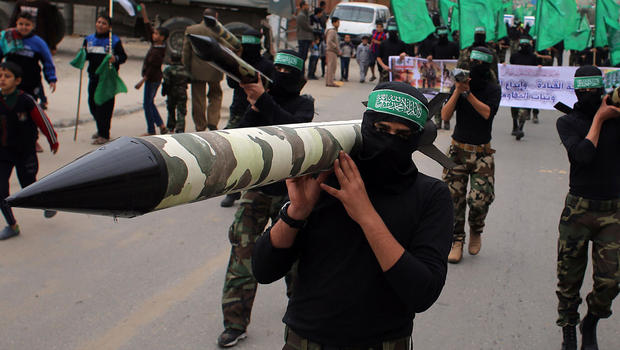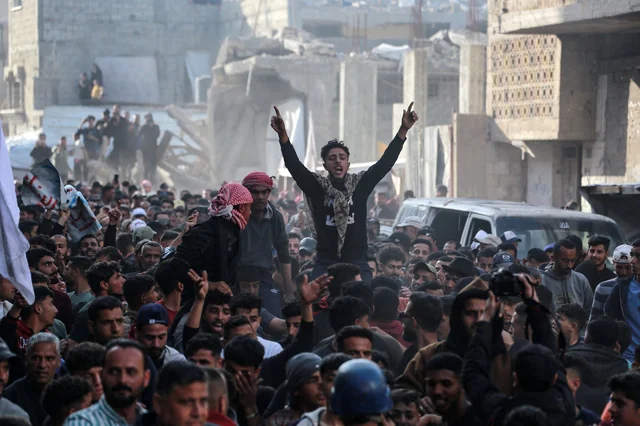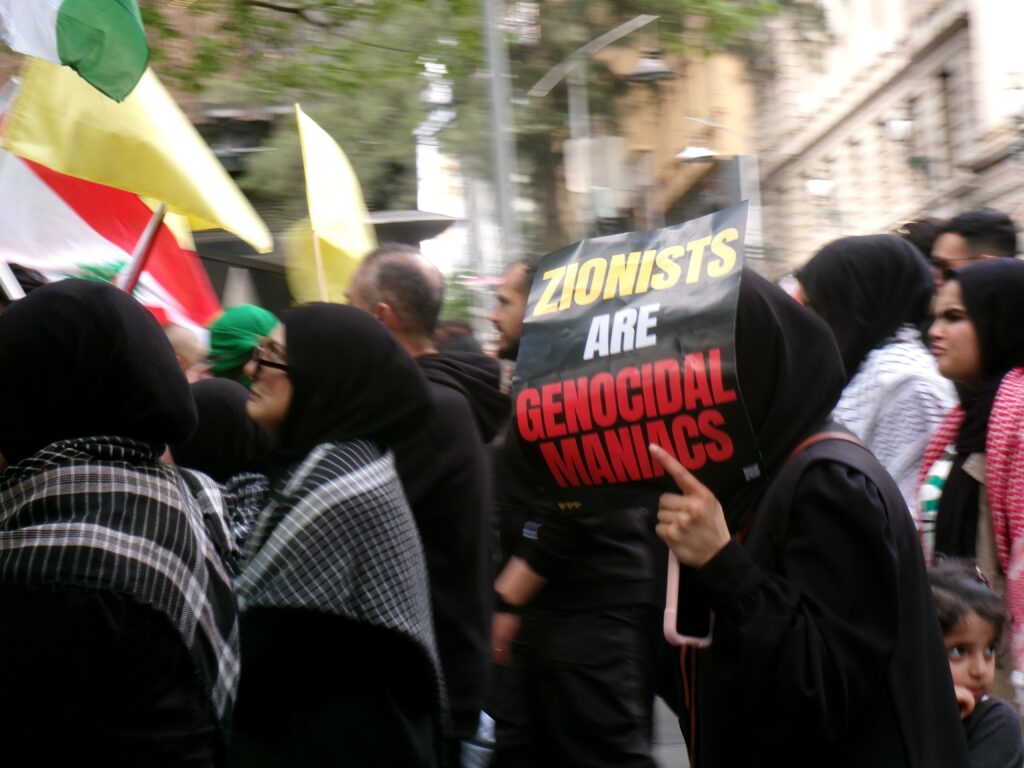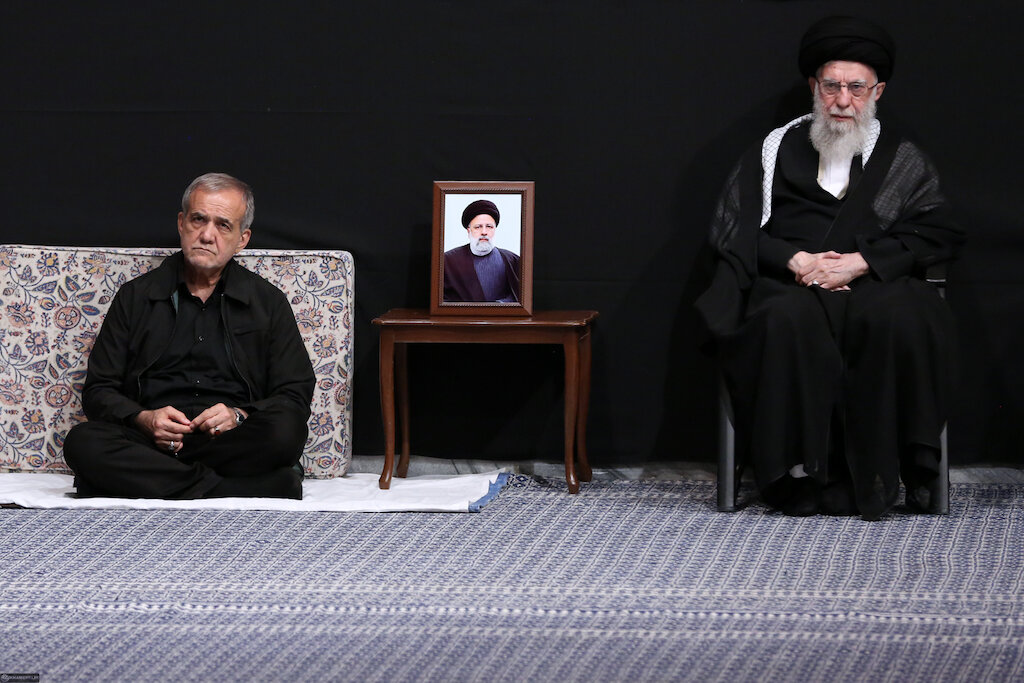UPDATES
One year after Operation Protective Edge, Hamas is to blame for Gaza’s delayed reconstruction
July 16, 2015 | Miriam Smallman

The one-year anniversary of Operation Protective Edge, Israel’s war to stop Hamas’ rockets, saw the Australian media run stories that paint a bleak picture of the current state of the Gaza Strip. The stories tend to disproportionately focus on Israel’s blockade as the key reason for Gaza’s plight, ignoring Palestinian divisions that have undermined the transfer of aid. On ABC’s RN Breakfast, Fran Kelly bemoaned, “One year on, many of the people of Gaza still live without power or clean water; food is scarce; 108,000 people, according to World Vision, remain homeless, and not a single home has been rebuilt. The situation is cruel, [and] very, very grim.” Kelly’s interviewee, Conny Lenneberg of World Vision, lamented, “As far as World Vision’s analysis is concerned, this blockade is the fundamental cause of poverty in Gaza.”
In the Herald Sun, Dave Hassell, of Save the Children, similarly implied that the blockade is the root cause of the slow rebuilding of the Gaza Strip and that it also limits “access to basic necessities” and demanded it be immediately lifted.
However, this past March, officials from the EU’s five largest countries – Germany, France, Italy, the UK, and Spain – criticised the Palestinian Authority for not doing more to expedite Gaza’s reconstruction. “There is positive movement on the Israeli side in everything regarding Gaza,” one EU diplomat said.
While you always need more, the Israelis are removing hurdles and assisting reconstruction. At the same time, reconstruction is still stuck because of the internal fights on the Palestinian side, Egyptian behaviour, and failure to deliver funds pledged by the Arab states. We fear that if nothing will move in Gaza reconstruction, we will find ourselves facing another round of violence in Gaza.
Moreover, the UN Office for the Coordination of Humanitarian Affairs noted recently that under the Gaza Reconstruction Mechanism (GRM), a UN-brokered agreement between Israel and the Palestinian Authority last September, “95,143 individuals requiring materials for shelter repairs had been cleared to purchase materials…[as of 17 June.] Of these, over 90 per cent have so far procured full or partial quantities of their allocated construction material.” In addition, Israel has in recent months organised between 1,000 and 1,500 trucks to enter Gaza each week with construction materials, food products, and other essential humanitarian aid.
Meanwhile, the IDF recently recommended to Defence Minister Moshe Ya’alon the expansion of border crossing openings from Gaza to Israel and increased merchandise imports to Gaza. Ha’aretz noted:
One recommendation would allow thousands of Palestinians to travel abroad by entering Israel via the Erez crossing and leaving the country to Jordan via the Allenby Bridge. Another would permit merchandise into Gaza through the Karni crossing and expand use of the Kerem Shalom crossing. In addition, permits would be issued for Palestinians from the Gaza Strip to work in Israeli communities near the border.
NGOs critical of Israel have sought to scrutinise Israel’s blockade, including Gisha, an organisation created to denounce Israel’s limits on the movement of people and materials to Gaza. But, as blogger Elder of Ziyon recently noted, Gisha’s charts actually show the opposite of what the organisation argues-Construction aid to Gaza and the number of people crossing from Gaza to Israel are both increasing, this despite the blockade. Meanwhile, the number of people crossing from Gaza to Egypt is decreasing.



Furthermore, Israel has been working with Qatar, one of Hamas’ main financial and political backers, to channel hundreds of millions of dollars into Gaza’s reconstruction.
According to Mohammad al-Emadi, head of the Qatari Committee to Rebuild Gaza, “The reconstruction process is progressing very well as construction material is being shipped to Gaza every day without obstacles.”
Qatar announced in March a project to build 1,000 homes in the Strip for displaced Gazans, and indicated that materials for the project would come through Israel. Israel also let Qatari-funded construction materials through its Kerem Shalom crossing last November, a move that followed Egypt’s closing of its Rafah crossing after the deposition of Muslim Brotherhood-backed President Mohamed Morsi in mid-2013.Indeed, it appears the blockade is not the sole, or even primary cause of Gaza’s abject conditions. Instead, the root cause of Gaza’s delayed repair should perhaps be traced back to how money coming into the Strip is being spent – and the way this, in turn, may be influencing donors not to fulfil their pledges from last year.
Israeli intelligence suggests that Hamas is rebuilding its military forces, reconstructing its terror tunnels, and rehabilitating its rocket capabilities. (For more on AIJAC’s analysis of Hamas’ responsibility for Gaza’s poor conditions, see here, here, and here.) Hamas put on a massive military parade in Gaza this past December, during which a military spokesman proclaimed, “Hamas and its battalions know how to write history. For many years we have produced the al-Qassam army that you and the world sees, the combat units that today are taking part in this spectacular demonstration.” Hamas also corroborated this intelligence in July at a rally in Gaza to mark one year since the conflict: a spokesperson for the Izz ad-Din al-Qassam Brigades, Hamas’ armed wing, boasted that they had produced two new, locally made missiles that represented a “qualitative leap” forward.
If only Hamas could boast of that same “qualitative leap” forward in supporting rehabilitation for its people.
Miriam Smallman
Tags: Israel





